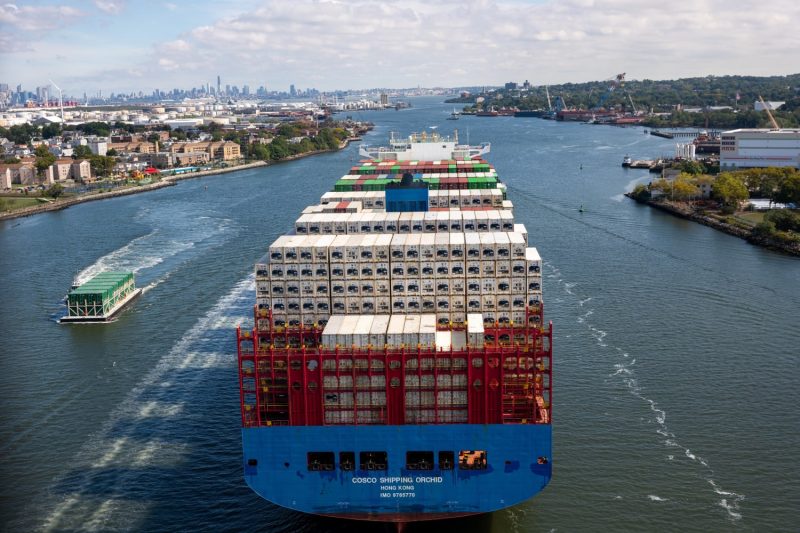In a dramatic turn of events, the East and Gulf Coast ports have been brought to a standstill as thousands of workers initiated a mass strike. The sudden shutdown of these crucial ports has sent shockwaves through the maritime industry and raised concerns about the potential economic impact. Various factors have contributed to this unprecedented labor action, prompting both local and federal officials to intervene in an attempt to resolve the situation. Let’s delve deeper into the reasons behind the strike and its implications for the affected regions.
One of the primary grievances driving the strike is the ongoing dispute between port workers and management over labor conditions and compensation. Workers have long raised concerns about substandard wages, lack of job security, and unsafe working conditions at the ports. Despite repeated negotiations between labor unions and port authorities, a resolution has yet to be reached, leading workers to take the drastic step of staging a strike.
The ramifications of the strike are already being felt across the country, with supply chains disrupted and goods stuck in transit. The sudden closure of major ports on the East and Gulf Coasts has not only delayed shipments of essential goods but also dealt a blow to businesses that rely on timely deliveries for their operations. The ripple effects of the strike are likely to be felt far and wide, impacting industries ranging from manufacturing and retail to agriculture and automotive.
In response to the strike, both state and federal authorities have stepped in to mediate negotiations between the warring factions. Efforts are underway to bring both sides to the table and work towards a mutually agreeable solution that addresses the concerns of the workers while ensuring the smooth operation of the ports. The stakes are high, as a prolonged strike could have severe consequences for the economy and could result in long-term damage to the reputation of the affected ports.
As the standoff continues, it is crucial for all parties involved to prioritize dialogue and cooperation to find a resolution that is fair and sustainable. The striking workers deserve to be heard and their grievances addressed, while port authorities must also consider the economic implications of a prolonged labor dispute. The future of the East and Gulf Coast ports hangs in the balance, and a swift resolution is needed to prevent further disruption to the flow of goods and commerce.
In conclusion, the mass strike at the East and Gulf Coast ports represents a critical juncture for the maritime industry and the broader economy. The ongoing labor dispute highlights the challenges faced by workers in the industry and underscores the need for better working conditions and equitable compensation. As negotiations continue and efforts are made to end the strike, the focus must remain on finding a solution that benefits all stakeholders and ensures the smooth functioning of these vital ports. The outcome of this labor action will have far-reaching implications, underscoring the importance of effective communication and collaboration in resolving conflicts and maintaining the integrity of our nation’s ports.





























